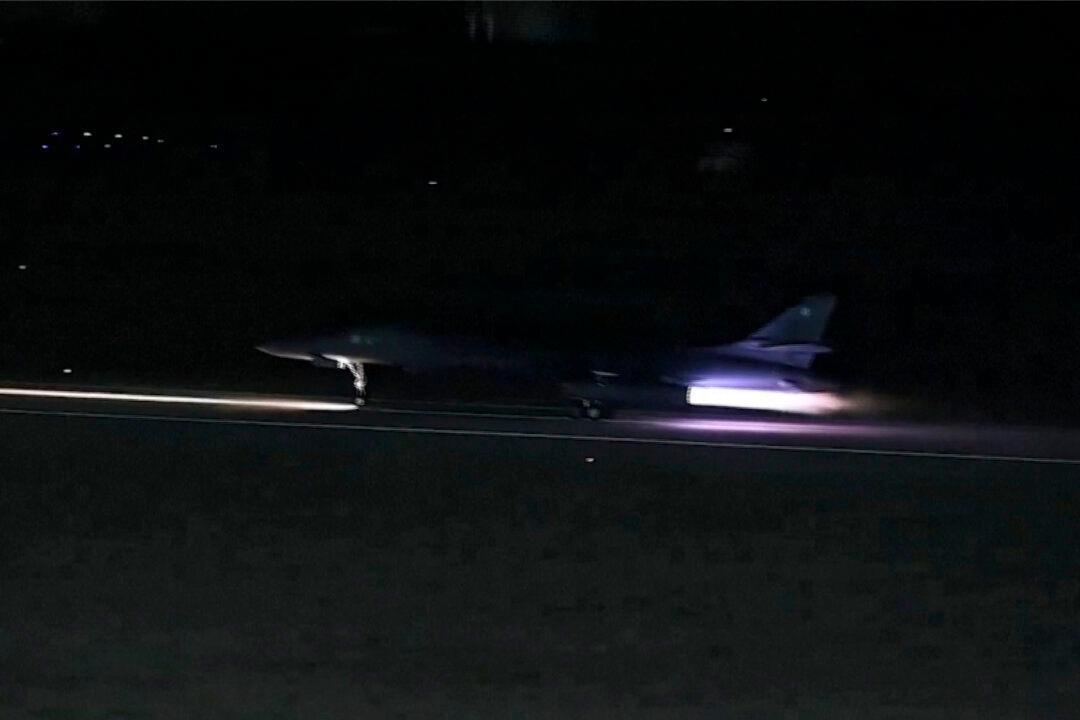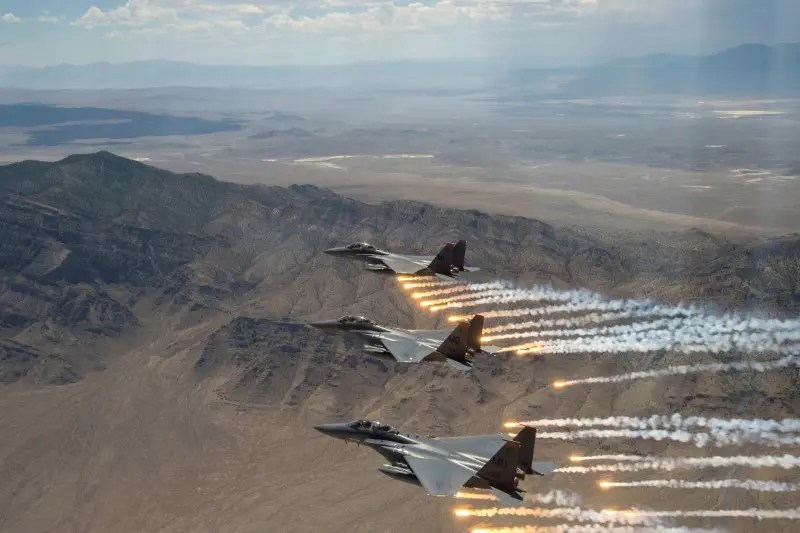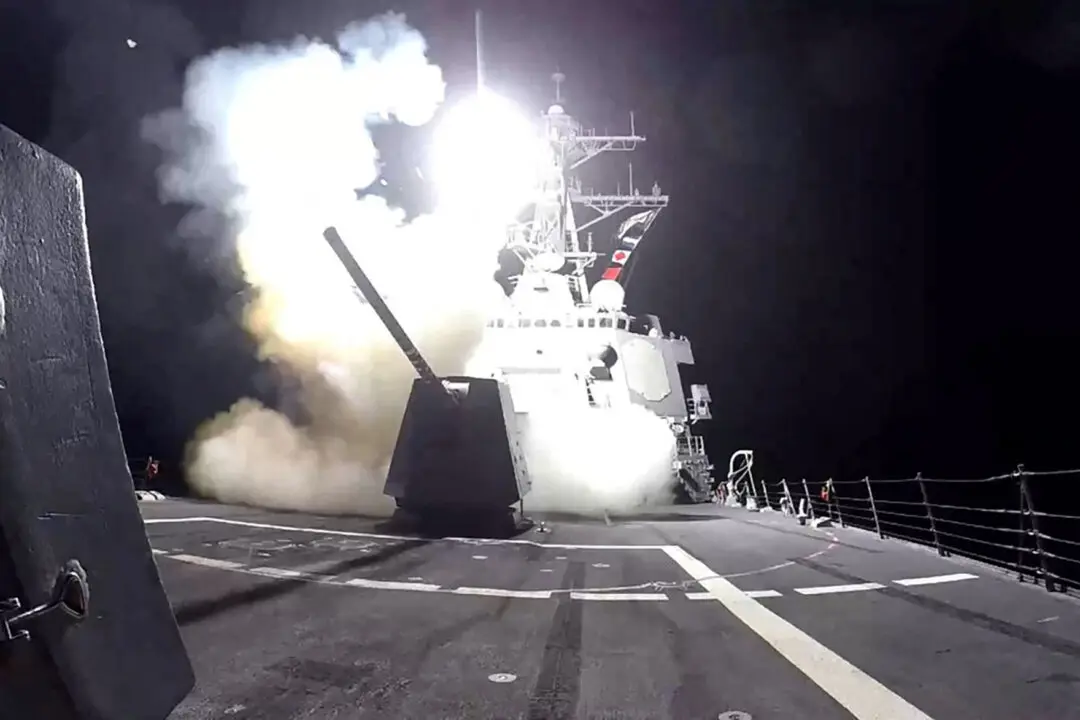The United States has begun its retaliation against Iran-backed groups in Iraq and Syria for their alleged involvement in an attack last week that killed three U.S. service members.
U.S. forces conducted airstrikes against more than 85 targets in Iraq and Syria against Iran’s Islamic Revolutionary Guards Corps (IRGC), Quds Force, and affiliated militia groups, according to a statement released by U.S. Central Command, which oversees operations in the region.




